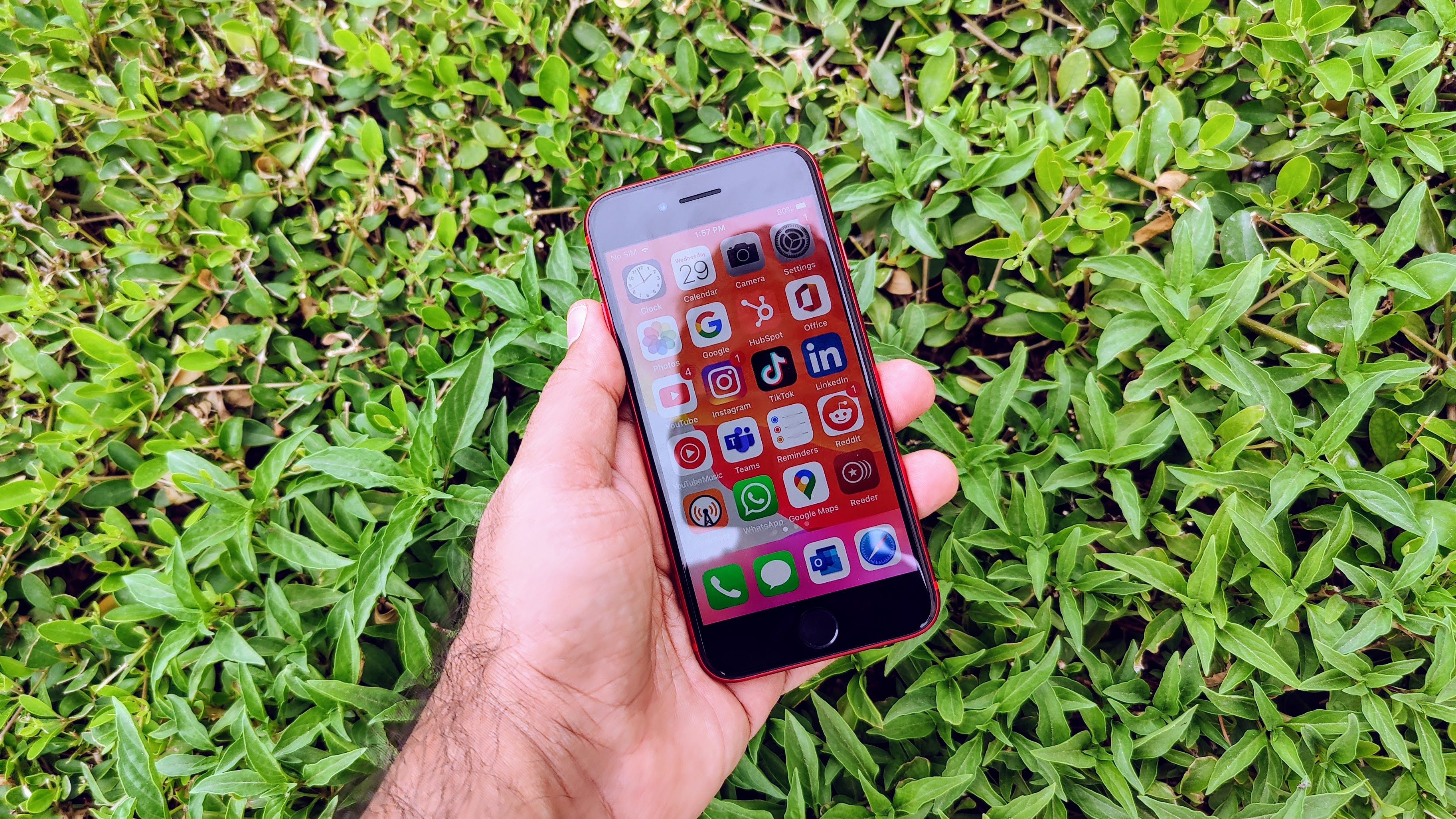
For those of us in the Western Hemisphere (sorry, Australian readers), the summer is bringing warmer weather – which makes it increasingly tricky to keep our tech cool and our iPhones from overheating.
Helpfully, Apple has integrated a temperature warning system into iOS that will trigger the following alert should your iPhone get too hot: “iPhone needs to cool down before you can use it.” Cue panic.
iPhones function best at temperatures between 32F to 95F (0C and 35C), but once this message pops up, they enter a coma-like state where emergency calls are about the only task they’re able to carry out until they’ve cooled back down again.
So, how do you stop your iPhone from overheating? And what should you do if you’re met with Apple’s temperature warning message? We’ve already detailed the best ways to stop your smartphone overheating in a separate article, but in this guide, we share Apple-specific guidance to protect your beloved iPhone from heat-related harm.
For starters, the best – and perhaps most obvious – way to protect your iPhone from overheating is to avoid using it for long periods in direct sunlight. Not only does the heat from the sun quite literally make the phone hotter in your hand, but the increased glare might also encourage you to whack up your iPhone’s screen brightness to the max – which in turn further worsens the risk of overheating.

Of course, checking the odd text or switching Spotify tracks while sitting in the sun’s spotlight won’t do your iPhone any harm, but it’s wise to avoid using your device in such a way for longer than five minutes (enjoy the sun instead – Instagram can wait!).
Playing power-hungry mobile games or streaming high-quality videos for lengthy periods of time can make your iPhone heat up, too, but these factors alone shouldn’t trigger the aforementioned temperature warning unless you’re also sitting in the sun.
Get daily insight, inspiration and deals in your inbox
Sign up for breaking news, reviews, opinion, top tech deals, and more.
Even so, activating your iPhone’s Low Power Mode (by swiping down on the Control Center and selecting the battery icon) should reduce the risk of app-induced overheating. If you don't see the battery icon, you may need to add it to Control Center by going to Settings > Control Center > Customize Controls, then adding the Low Power Mode there.

But what if your iPhone does overheat? What’s the best way to return it to good work order? Well, according to Protect Your Bubble director James Brown (via The Sun), there are two iPhone cool down methods that you definitely shouldn’t try.
“Even if your phone comes with the highest rating of water resistance, it’s a bad idea to submerge your phone in cold water to forcibly cool down,” Brown says.
Similarly, placing your iPhone in a fridge, freezer or water cooler is also a big no-no. "Doing so will cause condensation to form inside your phone, which will damage the device in the long run," Brown warns.
Apple’s official advice for cooling down an overheated iPhone is much simpler: “To resume use of your device as quickly as possible, turn it off, move it to a cooler environment (away from direct sunlight) and allow it to cool down."
In practice, we’d advise leaving your overheated iPhone in the shade, in a cupboard, next to a fan or on a cool kitchen countertop until Apple’s temperature warning disappears. In the meantime, take a few minutes to enjoy a digital detox – reducing your screen time might just lower your stress levels, too.

Axel is TechRadar's UK-based Phones Editor, reporting on everything from the latest Apple developments to newest AI breakthroughs as part of the site's Mobile Computing vertical. Having previously written for publications including Esquire and FourFourTwo, Axel is well-versed in the applications of technology beyond the desktop, and his coverage extends from general reporting and analysis to in-depth interviews and opinion. Axel studied for a degree in English Literature at the University of Warwick before joining TechRadar in 2020, where he then earned an NCTJ qualification as part of the company’s inaugural digital training scheme.